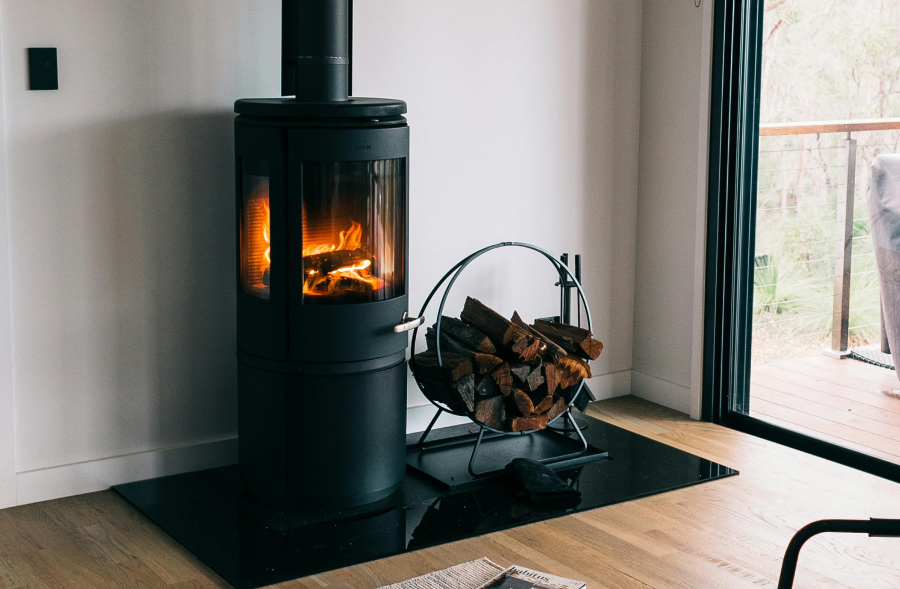
The Psychology of Interior Design: How Colors & Layouts Impact Your Mood
Interior design isn't just about aesthetics—it’s deeply emotional. The way a space looks and feels can significantly affect your mood, energy, productivity, and even mental well-being. Whether you're aware of it or not, the colors on your walls, the layout of your furniture, and the flow of natural light are shaping your everyday experiences.
Let’s dive into how the psychology of interior design works—and how you can use it to build a home that enhances your lifestyle and mindset.
1. 🎨 Color Psychology: More Than Just Preference
Colors speak to the brain in subtle, yet powerful ways. Every shade evokes a certain emotional response, whether calming or energizing.
- Blues & Greens: Calming, peaceful, and often associated with nature. Ideal for bedrooms, bathrooms, or any space meant for relaxation.
- Yellows & Oranges: Warm, cheerful, and energetic. Great for kitchens or dining spaces where liveliness is welcome.
- Neutrals: Clean, balanced, and timeless. These shades create a sense of clarity and are perfect for almost any room.
- Reds & Dark Tones: Intense, dramatic, and powerful. Use these as accents or in spaces where you want to encourage bold energy.
Tip: Use color in layers—walls, upholstery, artwork, and accessories—so you can shift moods with ease.
2. 🛋️ Furniture Layout: Creating Flow and Function
The arrangement of furniture isn’t just about maximizing space—it’s about emotional ease. Cramped or confusing layouts can cause stress, while open, well-balanced spaces create comfort and flow.
- Open Layouts: Promote social interaction and a sense of freedom.
- Zoned Spaces: Help structure activities like reading, working, or relaxing.
- Symmetry: Creates visual harmony and psychological balance—ideal for formal rooms.
Tip: Leave clear walking paths, avoid clutter, and arrange seating to promote conversation and comfort.
3. 🌞 Lighting & Mood: Setting the Emotional Tone
Lighting plays a huge role in shaping ambiance. The way light hits a room can instantly make it feel cozy, expansive, or dramatic.
- Natural Light: Boosts mood, energy, and wellness. Use sheer curtains or bigger windows to let it in.
- Warm Lighting: Makes spaces feel intimate—ideal for living rooms and bedrooms.
- Cool Lighting: Sharpens focus—great for workspaces or kitchens.
Tip: Use layered lighting—ambient, task, and accent—to give you full emotional control of your environment.
4. 🌿 Materials & Textures: Engaging the Senses
Touch is an often-overlooked part of design psychology. Different textures speak to our emotions through comfort, contrast, or calm.
- Soft Textures: Velvet, wool, and knit materials bring a sense of coziness and security.
- Natural Elements: Wood, stone, and greenery connect us with the outdoors and promote grounding energy.
- Smooth Surfaces: Glass and polished metal evoke sleekness and clarity.
Tip: Mix textures intentionally to create spaces that are both visually and physically inviting.
5. 🖼️ Personalization & Emotional Connection
The most uplifting interiors reflect your story. Thoughtful details remind us of what matters most.
- Artwork: Inspires creativity or peace, depending on the visual tone.
- Personal Touches: Travel finds, photos, or heirlooms build emotional resonance.
- Everyday Objects: Books, candles, ceramics—these create warmth and familiarity.
Tip: Rotate personal decor items seasonally to keep your emotional connection to the space fresh.
6. 🧘 Minimalism vs. Maximalism: Your Style, Your Mood
Your design style can impact your mindset and how at peace you feel at home.
- Minimalism: Encourages calm and clarity by reducing distractions and clutter.
- Maximalism: Stimulates curiosity and offers a vibrant outlet for creativity and personality.
Tip: Balance is essential. A minimalist space needs warmth, and a maximalist one needs order.
"Design your space not just to look good, but to make you feel your best every day."
― Prestige Design Studio
Final Thoughts
Interior design isn’t just decoration—it’s an emotional blueprint for how you live, feel, and grow. The right mix of colors, layout, lighting, and personal touches can transform any space into a sanctuary that supports your best self.
Whether you're designing your dream home or upgrading your current one, keep psychology in mind—it’s the secret ingredient to a space that feels as good as it looks. Let’s create something meaningful together.

